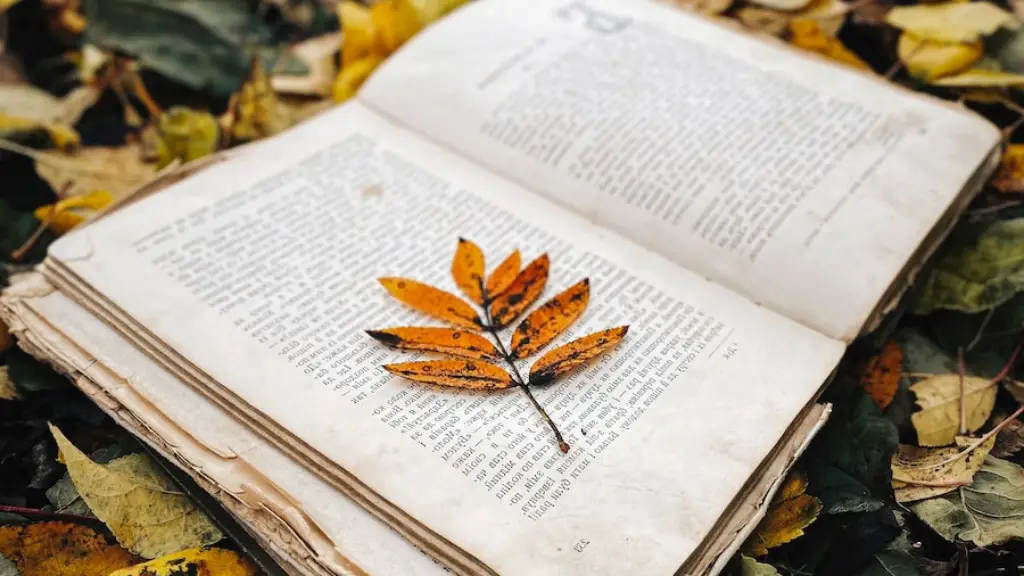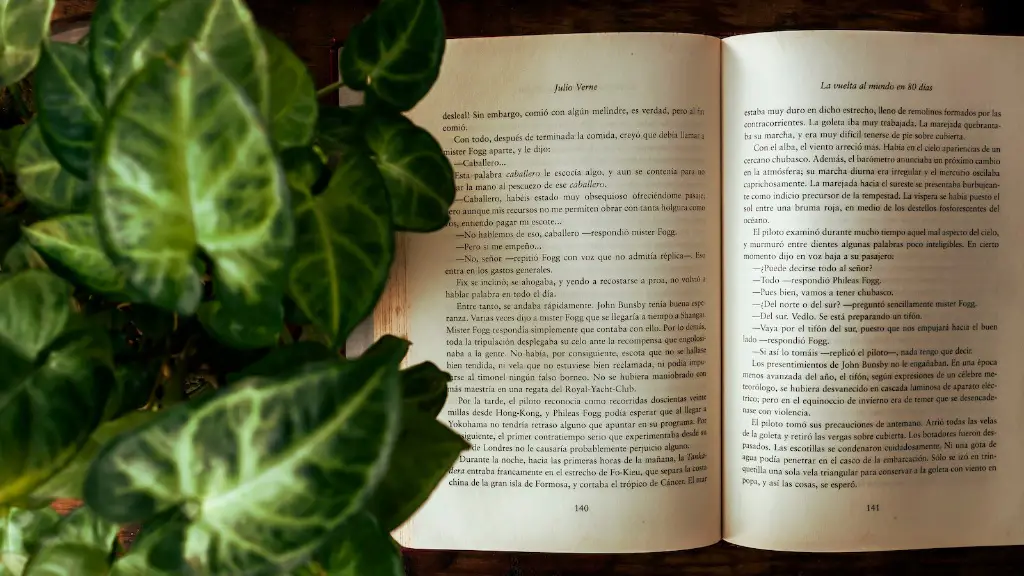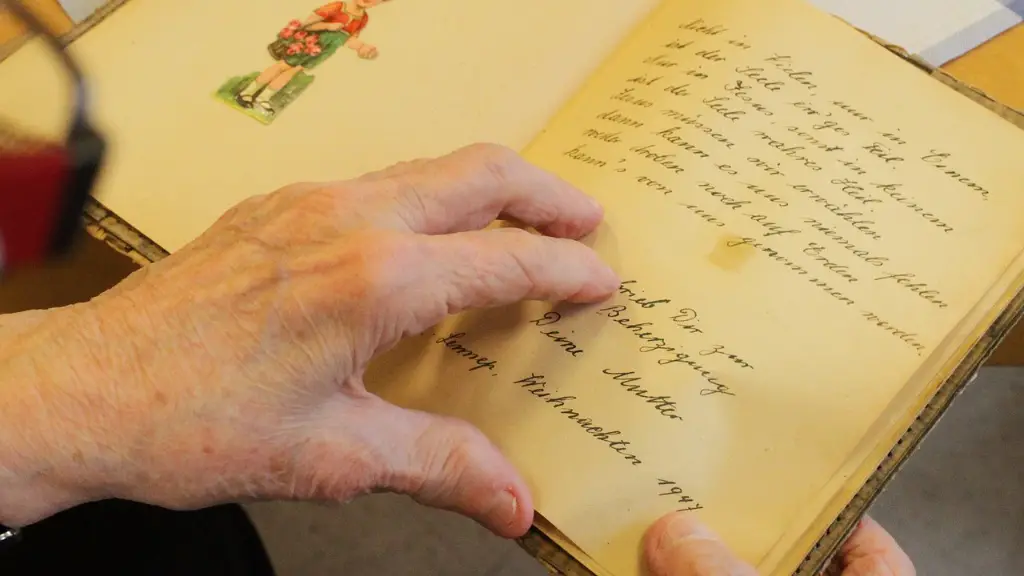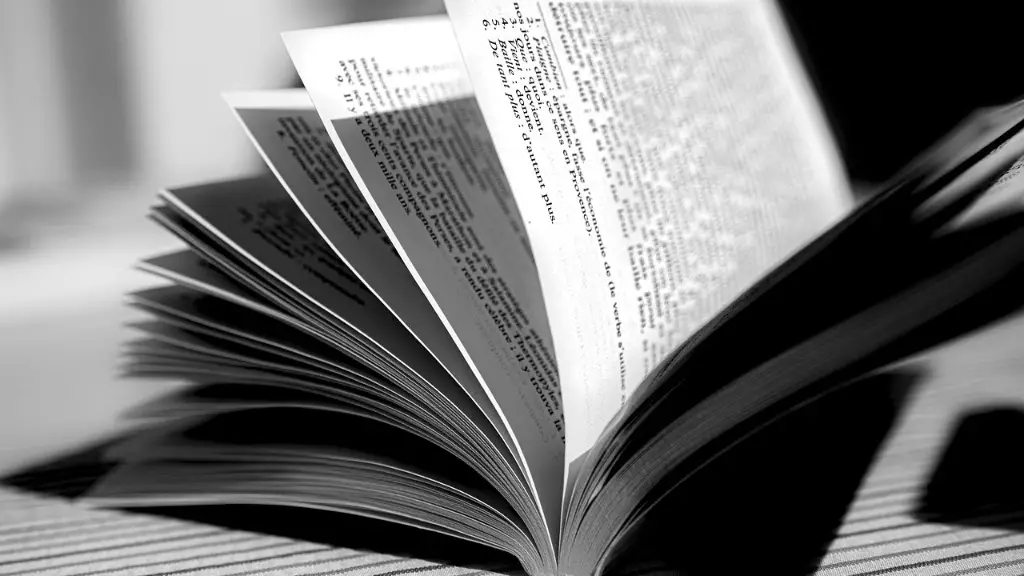Language has the power to transport us to new worlds- Metaphors are the secret behind this power. Metaphors are feelings, experiences and emotions wrapped up into words, and are among the most powerful tools in any poet’s toolbox. They’ve been used for centuries to express complex ideas and to bring colour and feeling to words. Metaphors allow readers to use their imaginations to shift between thought processes and realities.
Every edition of a poem’s narrative changes in leaps and bounds when the poet adds a metaphor. They’re timeless and are strongly linked to creativity- since they can express in a meaningful way what may otherwise be inexpressible. In essence, metaphors turn any poem into a work of art that engages the reader.
The art of metaphors has been studied by experts since the dawn of literature. Take for example “As sure as the stars,” an old British proverb . Scholars explain that the proverb calls to mind a sense of stability and reliability- bringing about the comforting knowledge that future generations will have access to them, as those of the past have done.
Metaphors can help to surprise and capture the reader with a sense of intrigue. In most cases, poets use them to make their work more interesting to their audience. They bring added context to a phrase which makes it laugh out loud funny, thought provoking or even mind-boggling. For example “Life is a journey” creates a metaphor for any hardship or setback one may encounter. It serves to remind us that although some bumps may not be smooth, it’s up to us to keep going on.
Metaphors can also be used to evoke emotion in the reader. Poets have crafted layers of meaning into their words to describe certain feelings that may otherwise be difficult to express. Let’s take Emily Dickinson’s “my life had stood a loaded gun” poem, which personifies life as a weapon to explore the power in being alive, as well as to talk about mortality and change. The metaphor encourages the reader to think deeper into the poem and leaves them with much to ponder on.
Finally, it could be argued that metaphors also add beauty and intrigue to a work of literature. For instance William Wordsworth’s poem “I wandered lonely as a cloud”. The metaphorical image of a lonely cloud adds an element of beauty and nature to the poem and is symbolic of how we sometimes feel- entrapped, stuck and not sure of where to turn. It also manages to paint a beautiful picture for the reader, as well as encourage them to relate to such feelings.
The Psycholinguistics of Metaphors
Metaphors trigger powerful and often unconscious reactions within humans, which has been studied in depth. Studies in the field of psycholinguistics suggest that metaphors can bypass our conscious understanding and reach into the depths of our subconscious. For example “Ship of State” was a metaphor used by Plato to explain the condition of a society at any given point of time. This metaphor explains the importance of a stable society and how it needs to be effectively managed in order to survive. Despite its appealing simplicity, we all understand its meaning to some extent.
Experts suggest that this happens due to our intuitive, semiotic relation to the world. The use of metaphorical language helps us to bridge gaps between different and often vastly different realities. It happens due to the way the human brain is wired. We are omnivores with an interest in natural and social worlds. Our brains are hardwired to seek out patterns and ask questions, forming bridges between seemingly unrelated ideas, or ‘metaphors’.
The role of metaphors in everyday language goes beyond the use of them in poetry, however. Metaphors are frequently used in speech to break up long pieces of information into bite-size chunks, and to make complex ideas more accessible. Language experts, such as George Lakoff, argue that the use of metaphors helps us to understand and think about the world around us in a more vivid and engaging way. This in turn allows us to have more meaningful conversations and reach out to the people around us in more effective ways.
Metaphors are a powerful tool within the poetic discourse, but also in everyday conversations. They help us to understand the complexities of the world and create meaningful connections between different features of our social, natural and cultural environment.
The Different Types of Metaphors
Metaphors can take many forms- one of the most common types is a ‘comparison metaphor’. This metaphor directly compares two different entities, in order to explain a concept or idea. For example “the moon is a silver coin”, which seeks to explain the shape, colour and texture of the moon in a poetic way. In this case, the metaphor seeks to draw attention to the beauty of the sky at night- eliciting a sense of awe and wonderment in the reader.
Then there are ‘prose metaphors’, which often take the form of extended metaphors or similes. These metaphors are designed to extend the description of a concept beyond a single sentence, and are used to illustrate a more complex idea. For example “Life is a ship, the waves of emotion and circumstance crashing against it”, which seeks to illustrate how life can be at times. Such metaphors often create a strong emotional connection with the reader, as they seek to connect the audience with a part of their own experience.
Finally, there is the ‘metonymy metaphor’. This type of metaphor is used to refer to a whole concept or thing by referring to a small part of it. For example “a crown for a king” . The king themselves is often perceived as the physical embodiment of their kingdom- thus, the crown serves as a metaphor for the king and all of their territory.
The Balance of Poetry with Metaphors
Metaphors are the driving force behind a poem’s balance between literal and figurative language. They can open up an entire new world of connotations, interpretations and implications- presenting the reader with new ways of thinking and new ideas to engage with. Metaphors can also help to explain complex concepts in a more accessible way, with fewer words- adding an extra layer of richness to the work of literature.
At the same time, however, there is a danger of overusing metaphors. Too many metaphors can become confusing, cliche or even boring if not used carefully. Metaphorical language should be carefully chosen in order for the poem to be effective- after all, each metaphor needs to evoke certain feelings and emotions.
Sufficient use of metaphors can open up an entirely new terrain for the poem. Metaphors can be seen as tools that alter the ‘reality’ of a poem- a way for poets to explore the untrodden depths of their imagination and create vivid imagery in the minds of their readers. Metaphors are essential in poetic discourse- the key to the powerful effects of expression and the source of great beauty.
The Role of Imagination
Metaphors help to bridge gaps between the real and the imaginative. They allow poets to express the inexpressible, and to open up doors of wonderment and exploration to their readers. By using poetic metaphors, poets leave open the possibility of many interpretations and layers of meanings.
This is where imagination takes centre stage- metaphor provides the poet and their readers with the opportunity to use their imaginations to create new realms of thought. According to the cognitive theory of metaphor, this happens due to the way the human brain is designed- it is the ability to take an abstract idea, and re-form it into something that we can relate to in a concrete way. In other words, metaphors work by combining two ideas in a relatable way.
This helps us to have a better understanding of the world around us, as well as a deeper insight into ourselves. Metaphors allow us to see things in a different light and help us to become less limited in our thinking- making them an important part of the poetic discourse.
The Impact of Metaphors in Poetry
The importance of metaphor in poetry is hard to overstate- it’s the lifeblood of poetic expression. Metaphors are a delicate balance between painted images and concrete words- mashing together the beauty of language with the power of thought. They serve to take the verbal imagery to another level and bring new depths of emotion and complexity to the poem.
Today, there are so many ways to use metaphors to convey messages and stories. Whether they’re used to bring new visuals to literature or to add a sense of surprise and intrigue, metaphors are essential for poetry to reach its highest expression.
By following the essential elements of metaphor- context, comparison and cognition- poets can open up a world of beauty and connection to the reader. In the process of crafting a work of art, metaphors add logic and structure- allowing poets to explore the heavy layers of brilliance and complexity in literature.
The Significance of Metaphors in Other Art Forms
Metaphors have a powerful impact on how we understand and experience the world- bringing a sense of playfulness and connection to our everyday lives. Apart from poetry, metaphors can be used in music, theater, painting and more. They are powerful not only in their ability to evoke emotion and spark curiosity, but also in their capacity to bring life to otherwise mundane topics.
Through metaphors, music can offer a unique emotional intensity- enticing the listener to go on a journey through the song. In theatre, metaphors give added colour to playwrights’ words- creating different visions and worlds within the performance and allowing the audience to reflect upon their own place within those worlds.
In painting, metaphors can bring clarity and definition to a piece. They help the artist to communicate a deeper message to the viewer- encapsulating in a few words all the feelings brought to life in a painting. Thus, metaphors are a valuable tool in all art forms- they are a secret to creativity and a masterful way to bridge realities.
Language as a Tool of Expression
Metaphors are essential to the poetic discourse- they act as a tool of expression and a way to bring nuances to language. The use of metaphors allow us to explore the world around us and to uncover the hidden emotions and feelings in ourselves. This process helps us to reach out and connect with the people around us, as well as to gain new insights and perspectives.
Language is the bridge between reality and the imaginary- metaphors expand upon this bridge and add depth and meaning to the everyday. By making language less straightforward and more creative, metaphors expand the possibilities for expression and create pathways that have the power to lead us to entirely new worlds of thought.





